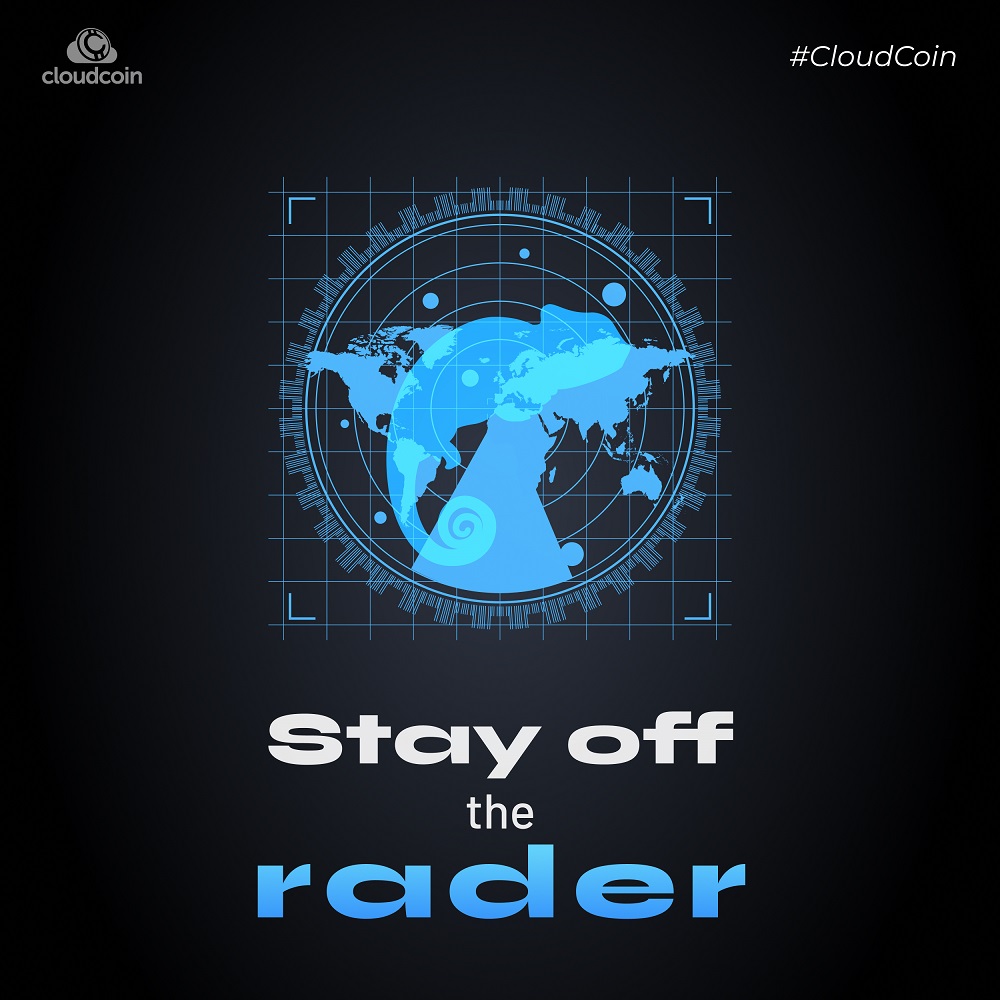
Environmental issues are at the forefront of the news cycle. First blush logic might dictate that the management and recovery of virtual money within the virtual space would take little, if any, energy. Blinkety–bop; the digital transfers and engagements happen in the blink of an eye…right?
Hang on. Not so fast.
Believe it or not, cryptocurrency is quickly raising alarm bells for environmentalists.
The main area of concern is the use of fossil fuels to provide large scale energy for crypto mining. This use is exacerbated by the blockchain: long, clunky blocks of code that take hours to download, authenticate, and upload again…. and so on.

But in what way does this lead to heavy power consumption?
Bernard Lietaer is the author of The Future of Money and an international expert in the design and implementation of currency systems. He has a great deal to say about the cost of power–literally–in crypto mining. “A cryptocurrency’s mining process is power-hungry, requiring heavy calculations on computers to verify transactions” points out Lietaer. While some estimations vary, “researchers at Cambridge estimate that it consumes about 121 kWh per year” writes Lietaer. And by these numbers, he points out, even when blockchain trades run at a low point, mining takes tremendous amounts of electricity. “In the event of a currency slump, it is unlikely to fall below 36 terawatt hours (TWh) per year.” (Lietaer)
With cryptocurrency spiking in popularity and profit, there is much concern about environmental impact for those interested in pursuing blockchain-based currencies. The solution, declares tech experts like Elon Musk and Edward Snowden, has got to be in alternatives to the blockchain that do far less to lay waste to the environment.

For a highly efficient, cloud-based crypto like CloudCoin, power usage is far more “blink of an eye” than the blockchain. But the problem is in the mining.
To understand how this is so, it’s first important to understand what crypto mining is, and how it is done. “In short, crypto mining is how new units of cryptocurrency—usually called coins—are created. As you can imagine, this type of mining doesn’t involve callused hands gripping pickaxe handles. Instead, it’s computer processors that do all the hard work, chipping away at complex math problems.” (HTG) These complex math problems take a boatload of computer power to work through. And the work is what pays. Proof of Work as it’s called, is essentially just a giant undertaking in puzzle-solving. But the puzzles are intertwined in innumerable ways, with variations too complex for the human brain. And for miners, time is of the essence–other miners are looking for the same dropped, damaged, or yet-to-be-developed coins.
“Proof of work (PoW) is a form of cryptographic zero-knowledge proof in which one party (the prover) proves to others (the verifiers) that a certain amount of a computational effort is expended.” (blockgeeks) While the relationship and the exact process can seem complex to those new to crypto, the idea itself is simple: establish the willingness to solve complex problems–helping with what equates to a system cleanup, and you are rewarded with coins.
Because the calculations are necessarily long and complex, dealing with all of the variations possible in them revolves around what are essentially “supercomputers” to handle the massive amounts of data coming and going in the process. “Do it fast enough” quips the experts at hotgeek.com, “and the reward is a coin. If you’re slower than the competition, you don’t get one.”
Needless to say, with so much potential profit at stake, some big players with big banks of supercomputers are invested in being faster than the competition.
And this is where the environmentalists begin to take issue. Every overextended computer, CPU whizzing, fans blasting, circuits humming–is valiantly strangling every bit of data it can manage through its pipeline, generating a huge need for not just the power to operate it, but the ability to keep it cool enough to do its job without overheating and going kaput.
“In addition to generating lots of e-waste, mining computers are also becoming obsolete” notes Bernard Lietnaer. This means that many operators may be using gear that does not run optimally, requiring even more juice to chuck through the puzzles. They also tend to burn through servers and devices pretty quickly, leaving a trail of environmentally hazardous waste in their wake.
While the expense of crypto mining may appear to be in the forward investment of equipment capable of handling the process, the real expense can be in the tremendous amount of energy needed to power that equipment. But to many major players in the mining game, the profits far outweigh the expense, and environmental concerns rank at the bottom of the list of concerns.
But how much power does the mining consume, really?
Business Insider presents the stats from a more eye-popping perspective. “Bitcoin mining consumes around 91 terawatt-hours of electricity annually. That is more electricity than the entire country of Finland and almost 0.5% of all electricity consumption worldwide.” We might be tempted to add more stats to these estimates, but we think this one kind of speaks for itself. Blockchain technology, if you’re an environmentalist, is a bit of a deal killer.
CloudCoin doesn’t operate on the clunky blockchain protocol: making it a cleaner and greener crypto.
“The blockchain network uses terabytes of electricity comparable to the energy used by a small country. The entire RAIDA network uses less electricity than the average home. Blockchain must use huge amounts of bandwidth to synchronize. The RAIDA uses extraordinarily little bandwidth.” (cloudcoinconsortium.com)

A highly efficient virtual currency, CloudCoin essentially eliminates the environmental concerns that naturally arise from the exorbitant usage and waste of blockchain cryptocurrency. Since CloudCoin is file-based and not ledger-based, it is far less power hungry than its far more cumbersome blockchain counterpart. Not only is Cloudcoin the most efficient payment system in the world, but it is also the best cryptocurrency for the Earth’s ecology. We think it is kind of nice to know that you can spend as much money as you like in CloudCoin, without cutting down broad swaths of Mother Earth’s trees, or leaving long trains of contaminating computer hardware to do so.
“Blinkety–bop; the digital transfers and engagements happen in the blink of an eye…right?”
As those who bring you the fastest, lightest, safest and most efficient crypto currency available, CloudCoin can earnestly say… “Absolutely!”
That is the perfect recipe for “Perfect Money”, if you ask us. Article published courtesy of https://cloudcoin.global.

